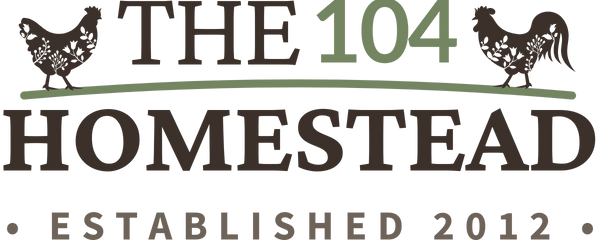Why You Should Choose Coturnix Quail for Your Homestead
Coturnix quail are nearly perfect for homesteads. They are relatively inexpensive, require little space, are delicious, and fun to raise.
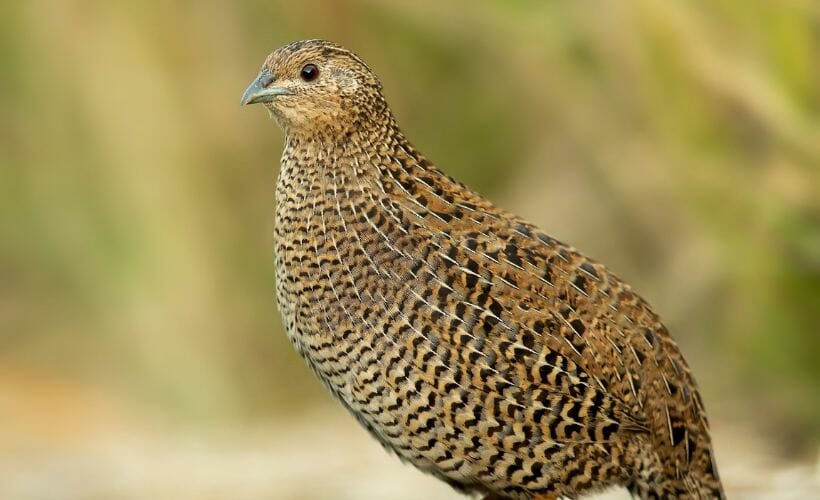
Many non-traditional homesteaders raise quail when they discover they can’t keep other forms of poultry. Some homesteaders choose to add quail even if they already have other poultry on their homesteads. Why? Because quail offer many benefits to the small-scale farmer and the exchange of time and money for these benefits is great. If you haven’t read Why You Should Consider Keeping Quail, I highly suggest you do.
Before we start, I am often asked how you pronounce “coturnix.” It’s co-turn-ex.
Why Coturnix is the Most Popular Choice
There are several varieties of quail available, but Coturnix Quail (Coturnix Japonica), an old-world quail found in East Asia, is a common quail and one of the most popular choices.
Coturnix is the variety we have chosen for our homestead. Last night we set 40 quail eggs in the incubator. What is absolutely incredible is that in merely ten weeks, our eggs will be producing eggs.
Yup! From the first day to setting eggs in the incubator to the first day they begin laying is only about two and a half months. That is a much faster turnaround than chickens and ducks, which take almost seven months to reach maturity.
Additionally, their antics are an absolute hoot. If you see this strange behavior, don’t panic. It’s normal!
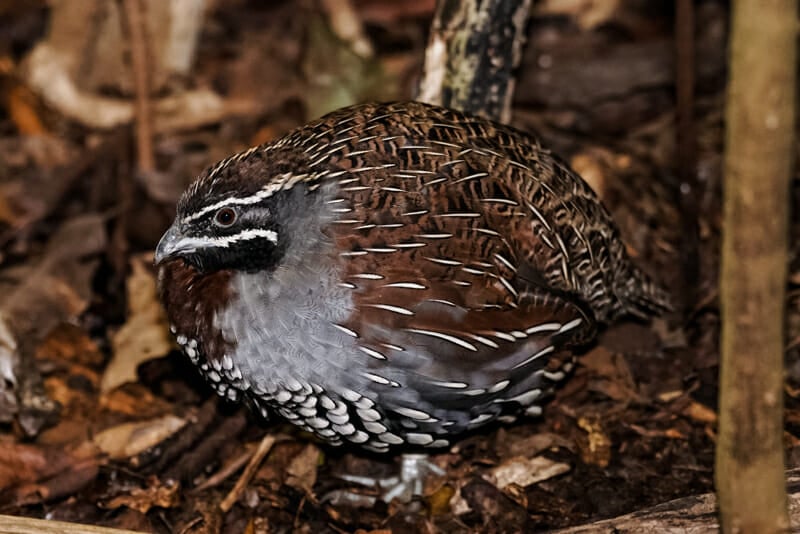
Types of Coturnix Quail
Through selective breeding, there are several varieties of these quail available, each with its own unique pros and cons.
- Golden Manchurian Coturnix: Solid dual-purpose production birds. They can lay over 100 eggs per year beginning at about 6-7 weeks of age. They are also efficient as meat birds, reaching adult size in 6-8 weeks and weighing 3-6 ounces.
- Jumbo Brown Coturnix: Considered one of the fastest-growing and largest of all quails, bred specifically for attaining a large size.
- English White: A smaller, but also very personable variety that does well in captivity.
- Tibetan: Considered one of the most spirited of the varieties of Coturnix Quail. This makes them especially sought after for hunting, sporting, and dog training.
- Tuxedo: Bred for great egg production, and beautiful coloring. These birds are a great cost-effective way to start a covey (the name for a small flock of quail).
- Rosetta: Very popular due to their dark and beautiful colors with attractive wing patterns.
Because meat was a priority for us, we went with the Jumbo variety. We ordered our Coturnix quail chicks on Etsy.
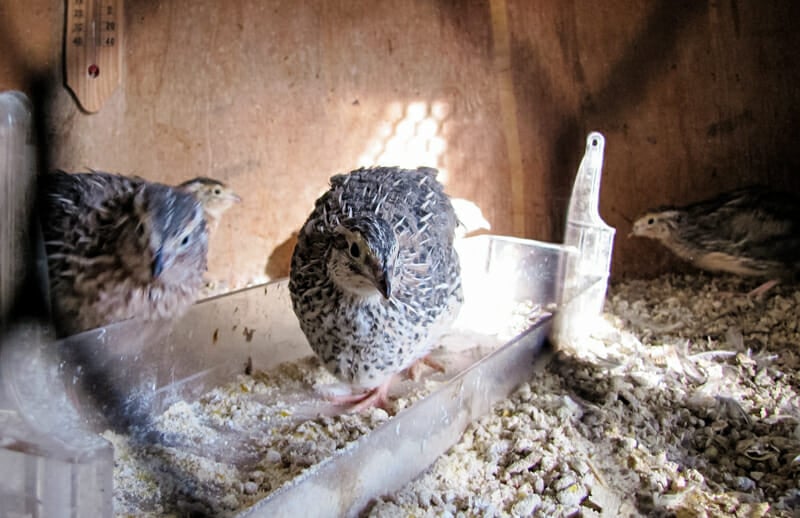
Coturnix Quail: Eggs & Meat
The most common reason for keeping Coturnix Quail is for eggs and meat. The eggs are absolutely delicious and considered quite a delicacy. Once a hen begins laying, her egg production will amaze. She will produce approximately 300 eggs over the course of a year (about 210 if you chose not to use supplemental lighting). The meat is also considered a delicacy since quail are game birds. Quail mature so quickly that they reach their top weight at 8 weeks of age.
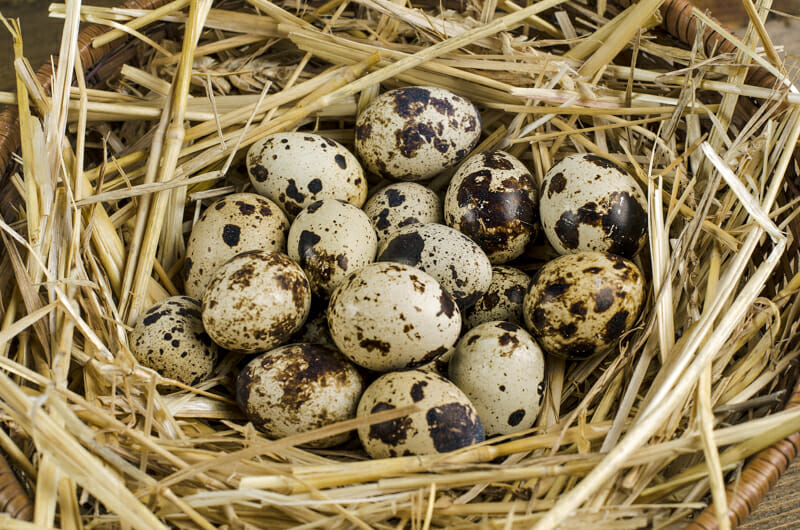
Coturnix Quail Don’t Take Up Much Space
The best part is that they are so small! To reliably collect a dozen eggs a day, you would need about 15 females. If you were keeping chickens, you would need to provide a coop of 30 square feet and outdoor space of 150 square feet, minimum.
With ducks, you would need a total of 225 square feet. To keep the same number of quail, you would only need 15 square feet of total indoor/outdoor space. In fact, many people offer only sheltered outdoor space. Remember, the more space available, the happier and healthier the bird, but you get the idea.
Quail can be raised on the ground instead of in wire cages, which I really like. It seems more natural to me. They can graze on vegetation and build little ground nests (which they prefer).
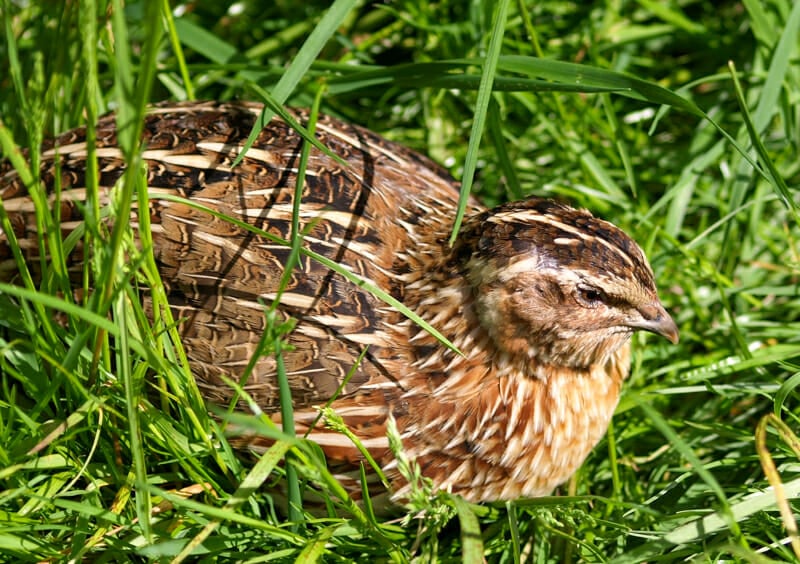
Making a Profit Off Quail
Speaking of turnaround, let’s talk monetary turnaround. I have a dozen chickens that empty a 50 lb bag of feed in two weeks. They would go through it even faster if their diet was supplemented with foraging and yard scraps, but it’s too early in the season to move them to the aviary.
I get about 9 eggs a day and I make $3 per dozen for eggs in this area. I will have twenty Coturnix Quail. It will take them a month to go through a 25 lb bag of feed. Four of the quail are male, so I can expect to get about 12 eggs a day and quail eggs go for about $6 for 18 in my area. Not too shabby.
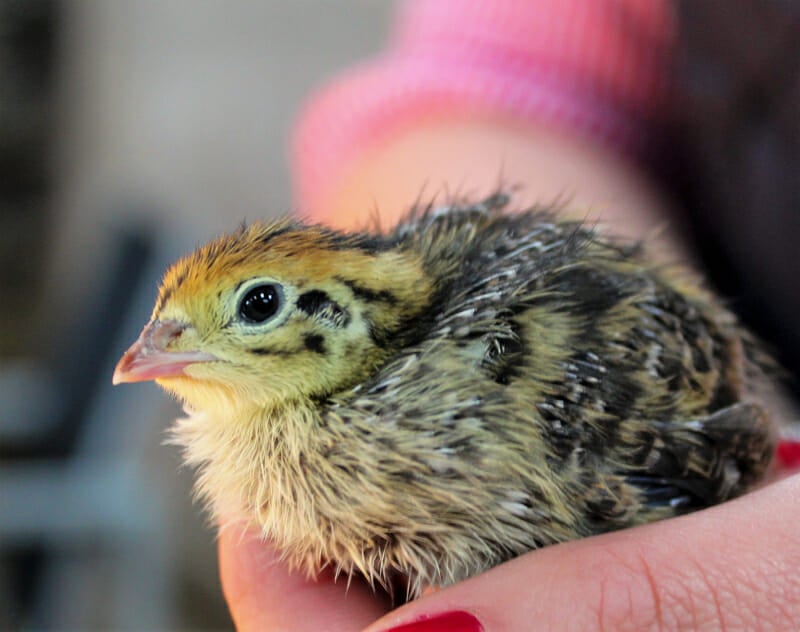
Breeding Coturnix Quail
Breeding of Coturnix Quail is another reason why a lot of homesteaders chose to keep them.
Whether you breed to replenish your stock, sell chicks, raise meat birds, or just have fun as a hobbyist, an 18-day incubation period is fantastic.
I will be breeding for all four purposes. I’m most excited to breed to develop my starting stock by choosing only the best birds from each breeding. I want to grow the largest birds I can with the best color variations. The idea just gets the zoologist in me giddy.
Genetics made my eyes glaze over in college, but once I was working in the field, it all clicked. If you are interested in breeding for color, this article on Backyard Chickens is the best (non-sciencey) one I’ve found. It also offers great information on sexing your quail by color. We are starting with the Pharaoh/Wild Type Coturnix Quail because the variety is easy to sex thanks to their chest feathers.
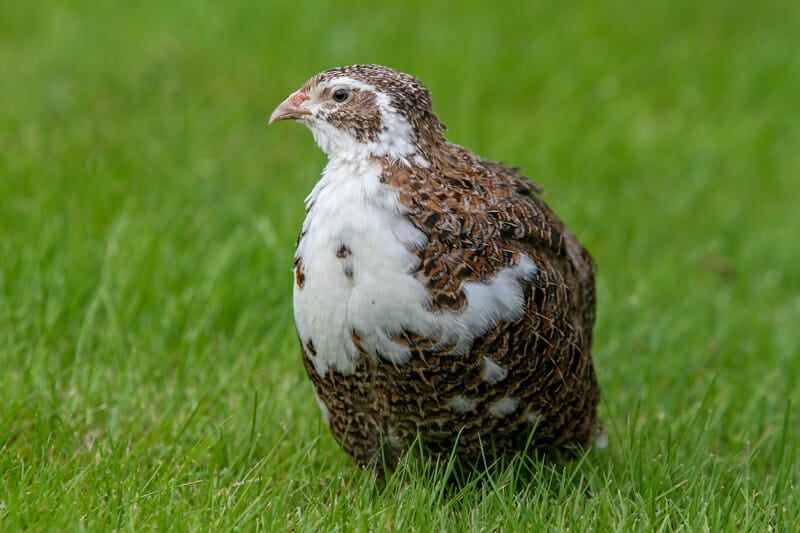
Other Quail Breeds to Consider
If you don’t feel like Coturnix is right for you, you may be interested in one of these other common breeds:
- King Quail: A pet or hobbyist variety from Asia.
- Bobwhite Quail: A pet or hobbyist variety native to the United States.
- Gambel Quail: A pet or hunting variety native to the United States.
- California Quail: A pet or hobbyist variety native to the Pacific coast of the United States and the state bird of California.
- Mountain Quail: A meat and egg variety native to the mountain ranges in western North America.
- Blue-Scale Quail: An egg variety from the southwestern part of the United States.
So as you can see, there’s a quail for every homestead.
If you’ve found value in this blog post and enjoyed reading it, why not share it with your Pinterest community? Pin the image below and spread the love!
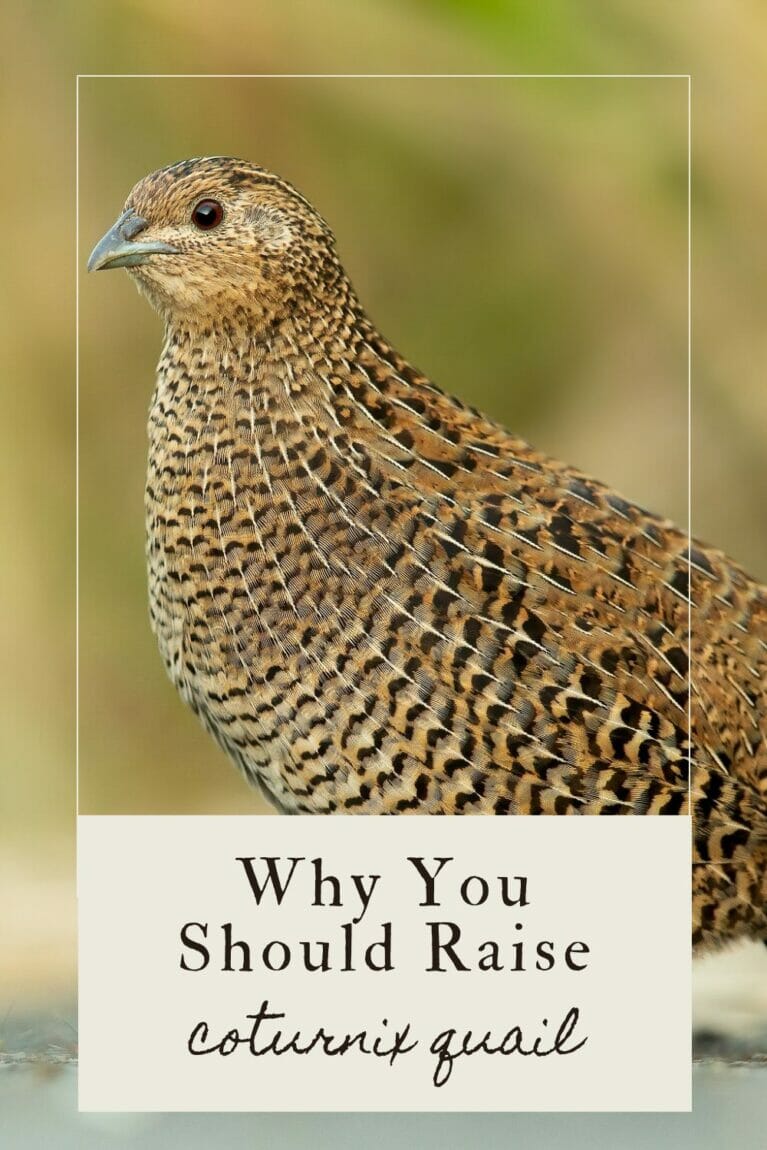
Looking for even more tips on raising Coturnix quail? Check out my dedicated site, Forget-Me-Not Quail Farm, for feeding guides, housing tips, and everything you need to keep your covey thriving. And for a quick-start guide to avoiding common quail-keeping mistakes, grab a copy of my book 5 Mistakes New Quail Owners Make. It’s packed with practical advice to help you raise happy, healthy quail!
